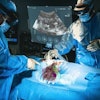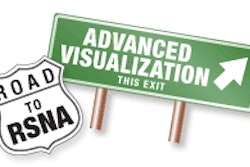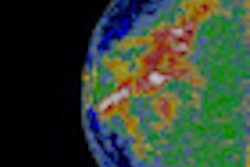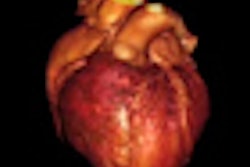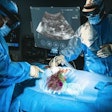Thursday, December 2 | 11:20 a.m.-11:30 a.m. | SSQ05-06 | Room E353C
In this paper presentation, researchers will share their findings from evaluating different reading methods for virtual colonoscopy computer-aided detection (CAD) by experienced readers.The study team sought to examine the effect of CAD on experienced readers of virtual colonoscopy (also known as CT colonography or CTC), employing both a second-reader and concurrent-reading paradigm. Using ColonCAD API 3.1 (Medicsight, London), the authors enlisted 16 radiologists to search for colorectal polyps in 112 individual CTC cases; there were 132 polyps overall in 56 cases.
On three separate occasions, the radiologists reviewed each individual case using each of three reading paradigms: unassisted, second-read CAD, and concurrent CAD.
The researchers found that radiologists using CAD detected significantly more patients with polyps than when they didn't use it. The sensitivity increase was greatest for second-read CAD and applied to polyps both smaller and larger than 6 mm, said presenter Steve Halligan, MD, from University College London in the U.K.
In addition, both CAD reading paradigms did not lead to a significant decrease in specificity, Halligan said.
"I believe that radiologists interpreting CT colonography should be using CAD, preferably in a second-read paradigm," he told AuntMinnie.com.



